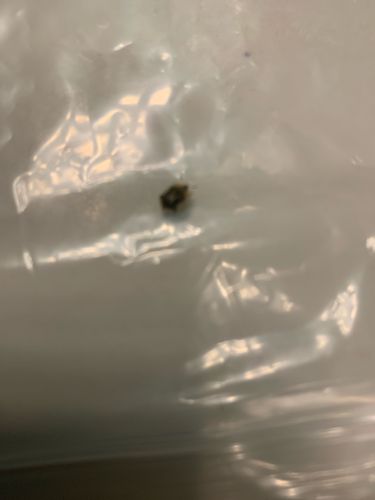Bed Bug
Scientific Name: Cimex lectularius
Order & Family: Hemiptera (true bugs), Cimicidae
Size: 4-5 mm (adults)

Natural Habitat
Primarily human dwellings, especially bedrooms, found in mattresses, bed frames, cracks in walls, furniture, and behind picture frames.
Diet & Feeding
Exclusively blood-feeders. They feed on human blood, but can also bite other warm-blooded animals if humans are not available.
Behavior Patterns
Nocturnal, typically feeding at night while hosts are sleeping. They are shy and hide in cracks and crevices during the day. Known for cryptic behavior, making them difficult to detect. Not known to jump or fly.
Risks & Benefits
Risks: Bed bug bites can cause itchy welts, skin irritation, and in some individuals, allergic reactions. Heavy infestations can lead to anxiety, stress, and insomnia. They are not known to transmit diseases to humans. Benefits: None to humans; ecologically, they are part of a predator-prey system with their own parasites.
Identified on: 9/16/2025